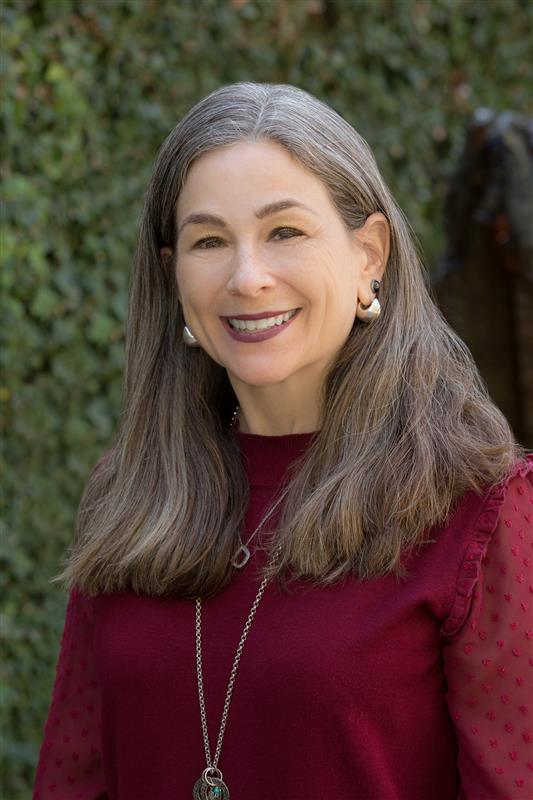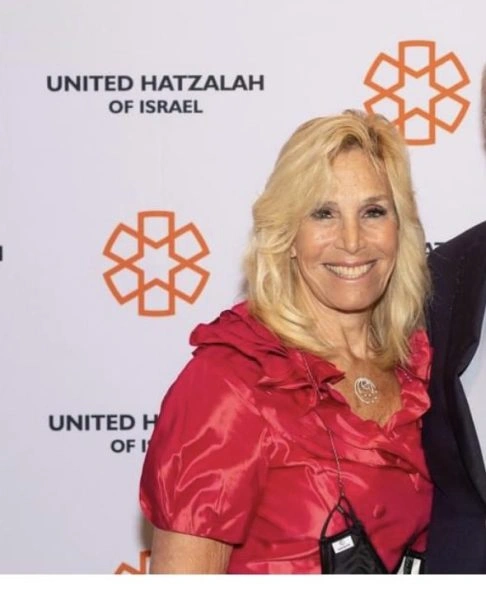The month of Tamuz is sponsored by Rabbi Fredda Cohen and Eric Nussbaum in memory of Fredda’s beloved father, Mitchell Cohen, Michael ben Shraga Faivel haLevi, whose 27th yahrzeit falls on 16 Tammuz. “He was so kind, sweet and funny. He had a big open heart for klal Yisrael v’chol yoshvei teivel. He would never have categorized himself as a Torah and Talmud scholar, but indeed he was. The father of three girls, he gave all of us a Jewish education. He was a loving husband who adored our mom. There was no one I missed more on the day I received s’micha as he was my inspiration and ballast. He would be delighted to know that he has nine grandchildren, two of whom carry his name, and two great-grandchildren. He was truly an ish neeman. The month is also dedicated for Refua of Pesha Ethel bat Sarah.”
Today’s daf is sponsored by Ilana Friedman, in memory of her dear cousin Dvora Ita bat Harav Azriel Zeev on her yahrtzeit. “Dvora was a brilliant woman with a strong sense of justice and integrity who loved to learn and who would have been my biggest Daf cheerleader. She is loved and missed. May she be a melitzat yosher for her family and women everywhere dedicated to Torah learning.”
Ulla said: If the Kohen Gadol slaughtered the goat before sprinkling the blood of the bull in the Holy of Holies, he should start the process from the beginning. Does this contradict what is written in the mishna? For what are all the different parts of the sprinkling of the blood intended to atone? Do Rabbi Meir and Rabbi Elazar and Rabbi Shimon disagree both on the matter of blood (if the blood is spilled, where do we start) and on the guilt offering of a leper (if the oil is spilled)?





















